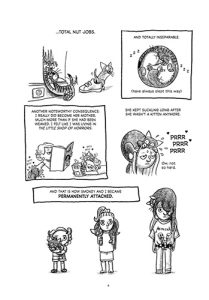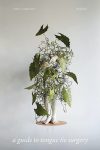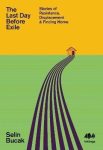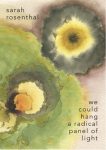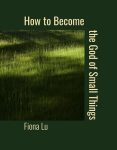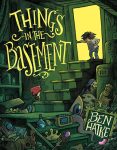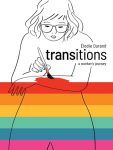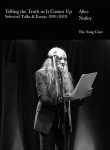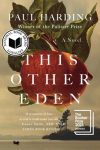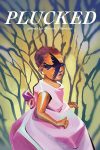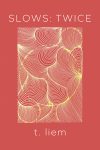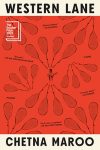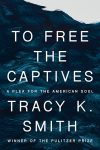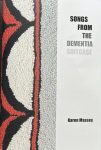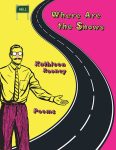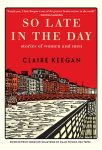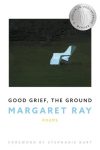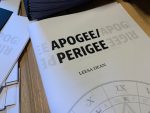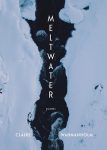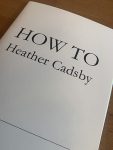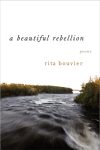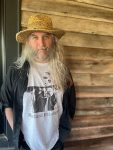Book Review :: Come & Get It by Kiley Reid

Guest Post by Kevin Brown
Kiley Reid has said that her second novel, Come & Get It, centers around money; that assertion is undoubtedly true—the novel even ends with a stop at Target. However, like all good novels, this one is about much more than the purported subject.
The reader follows three characters throughout the novel: Agatha, a visiting professor at the University of Arkansas who has also written a book about grief; Kennedy, a transfer student who has come to the university in the hopes of studying with Agatha; and Millie, the Resident Assistant for the dorm where Kennedy is staying.
Every relationship in the novel has the undercurrent of money’s influence, whether that’s Kennedy’s relationship with her suitemates Peyton and Tyler, both of whom believe Kennedy has way too much stuff for a dorm room; or Agatha’s romantic relationship with Robin, a dancer who earns little money; or Agatha’s paying Millie—who hopes to save enough money for a house—to help set up interviews with college students for her research. Class and race also complicate these relationships, not surprisingly when money is involved.
Reid interviewed thirty college students to help create her characters, and her research shows. She’s not condescending toward them, though, no matter how many poor decisions they might make. As in life, the adults are just as likely to make equally bad decisions. Though not a polemic, this novel seems designed to disprove the theory of the rational actor in any situation, economic or otherwise.
Come & Get It by Kiley Reid. G.P. Putnam’s Sons, January 2024.
Reviewer bio: Kevin Brown has published three books of poetry: Liturgical Calendar: Poems (Wipf and Stock); A Lexicon of Lost Words (winner of the Violet Reed Haas Prize for Poetry, Snake Nation Press); and Exit Lines (Plain View Press). He also has a memoir, Another Way: Finding Faith, Then Finding It Again, and a book of scholarship, They Love to Tell the Stories: Five Contemporary Novelists Take on the Gospels. Twitter @kevinbrownwrite




